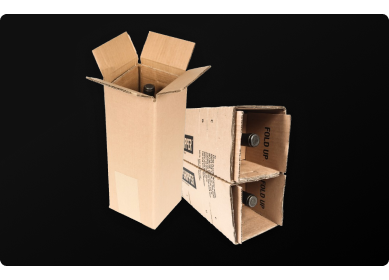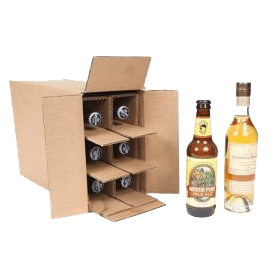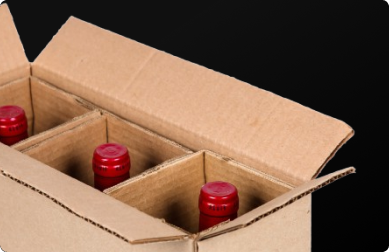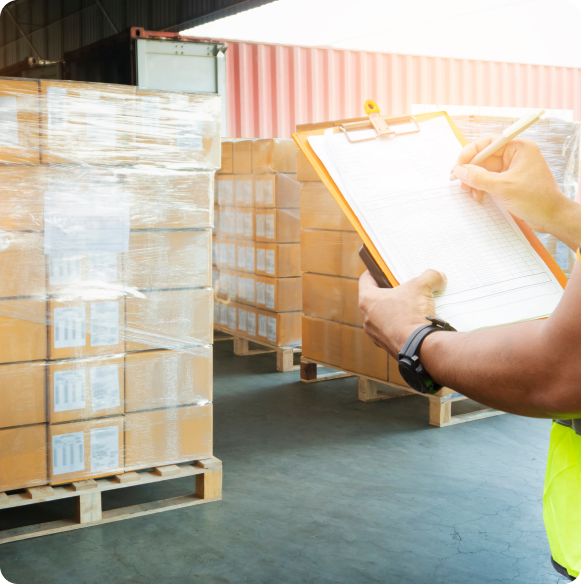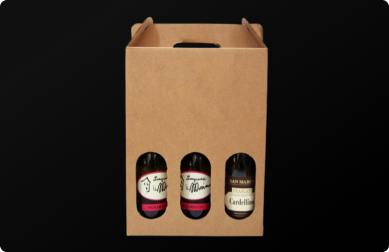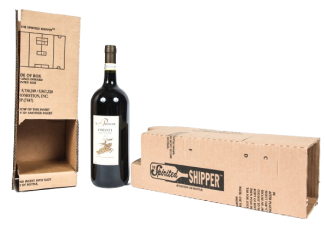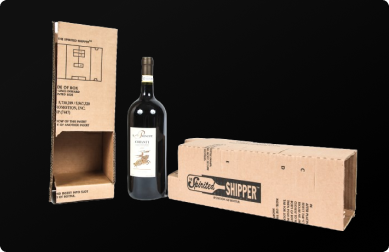From planting the grapes to fermentation, crafting a quality bottle of wine can take a year or longer. This drink—which has been around for over 6,000 years—requires a delicate process to perfect flavor profiles. With that in mind, it should come as no surprise to learn that wine temperature control is paramount when transporting bottles long distances.
Temperature controlled wine shipping is crucial during extreme weather and can save products from going bad, breaking, or losing quality. Ideally, wine should be shipped during moderate weather, but there are always extenuating circumstances.
At Spirited Shipper, we are committed to ensuring safe wine transport, whether it’s 100 degrees outside or zero. Our high-quality corrugated cardboard boxes insulate wine, keep it secure, and help regulate wine shipping temperature.
How Temperature Affects Wine
When distributors ship wine in hot or freezing temperatures, they worry about more than just the glass bottles. Wine’s chemical makeup can get distorted if left in the wrong conditions for too long.
Chemical Reactions in Wine:
One of the most common ways temperature affects wine is a change in taste as a result of excessive heat. Sustained temperatures over 70 degrees Fahrenheit can alter the chemical composition of wine, impacting flavor and aroma. The higher the quality of the wine, the more risk there is of damage and small changes after shipping in adverse weather. If you have a distinguished palate, you’ll be able to tell almost immediately if something has shifted in the chemical makeup of the wine.
Cold weather also affects wine, especially if products are shipped during freezing temperatures. Wine freezes at a lower temperature than water—around 20 degrees Fahrenheit—but this is not uncommon if bottles are not insulated for transport. When wine freezes, it expands in the bottle, causing the cork to inch upwards, sometimes enough for liquid to seep out. Extremely cold wine shipping temperatures can also cause sediment to form in bottles, changing the taste and texture of the wine.
Oxidation Risks:
Whether wine gets too hot or too cold during transport, either circumstance can lead to oxidation risks. When wine is exposed to oxygen for too long, the alcohol can turn into acetaldehyde, an organic chemical compound that changes the taste, color, and odor of the product. Oxidation can also lower the alcohol content in wine, making it less potent. If the cork in a bottle is soaked in wine or seems to have expanded, this is a common sign of oxidation.
The Ideal Temperature Range for Wine Shipping
Shipping during extreme weather always carries a risk of damage or spoilage. If possible, wait for ideal temperatures before shipping.
Optimal Temperatures:
The best wine shipping temperature is between 50 to 68 degrees Fahrenheit. This means that spring and fall are typically the best times to ship wine.
Different Wine Types:
While most wines can be safely shipped between 50 to 68 degrees Fahrenheit, the different types of wine do best in slightly varying temperatures.
- Red wines should be stored at 55 to 68 degrees Fahrenheit for optimal taste. Lighter bodies can be stored slightly cooler, while fuller bodies can be stored just below room temperature.
- White wine varieties should be stored between 44 and 55 degrees Fahrenheit, depending on the body. This is why white wines are typically refrigerated before serving.
- Sparkling wines have the lowest temperature threshold for storage: between 43 to 47 degrees Fahrenheit. Cooler temperatures are ideal for maintaining the carbon dioxide content (bubbles).
With this in mind, temperature-controlled wine shipping should be as consistent as possible and will vary depending on the type of wine you’re shipping.
Challenges of Maintaining Temperature Control
Even if you plan on shipping wine during ideal conditions, temperatures can vary greatly depending on the region. For example, you could ship red wine out of New York in April when it’s 60 degrees outside, but it could arrive in Texas, where temperatures are in the 70s. Shipping delays can also complicate even the best-laid plans when it comes to wine temperature control. This is why it’s so important to always insulate wine and plan for possible temperature changes.
Solutions for Temperature-Controlled Wine Shipping
- Insulated Wine Shipping Boxes:
Whenever possible, wine should be shipped in insulated boxes. Spirited Shipper’s wine shipping boxes are designed to maintain stable temperatures throughout transportation.
- Gel Packs and Cooling Materials:
Distributors should use gel packs and other cooling materials for temperature-controlled wine shipping in warmer months or along longer routes. This will ensure the quality of the product, even with delays.
- Professional Shipping Services:
Don’t leave the fate of your wine up to any shipping company. Always work with carriers who have experience handling temperature-sensitive goods.
Why Choose Spirited Shipper for Wine Shipping
At Spirited Shipper, our innovative packaging solutions are designed to keep wine safe and protected, even in extreme temperatures. Our wine shipping boxes are durable, insulated, and perfect for any transport needs.
With over 30 years of experience, we are dedicated to preserving the quality of wine in transit and understand the importance of temperature-controlled wine shipping.
Contact us today to learn more about how to protect your wine shipments from the elements.

